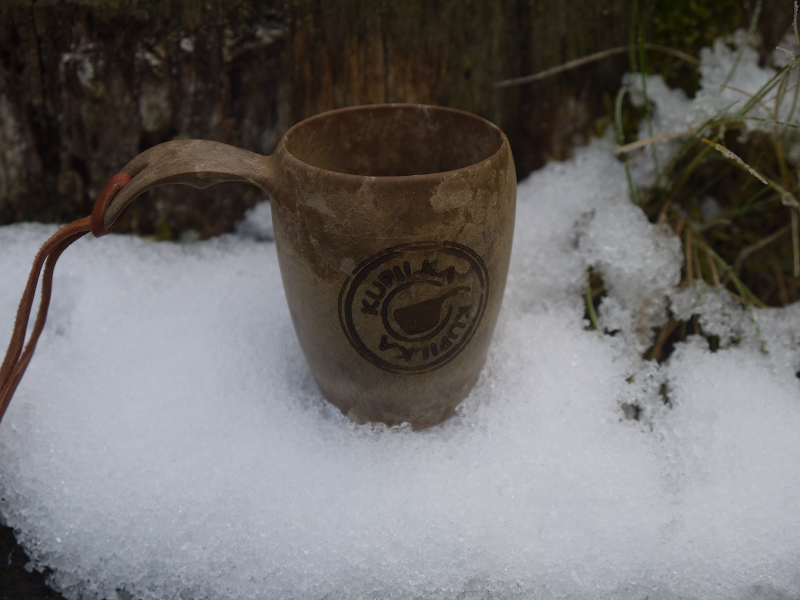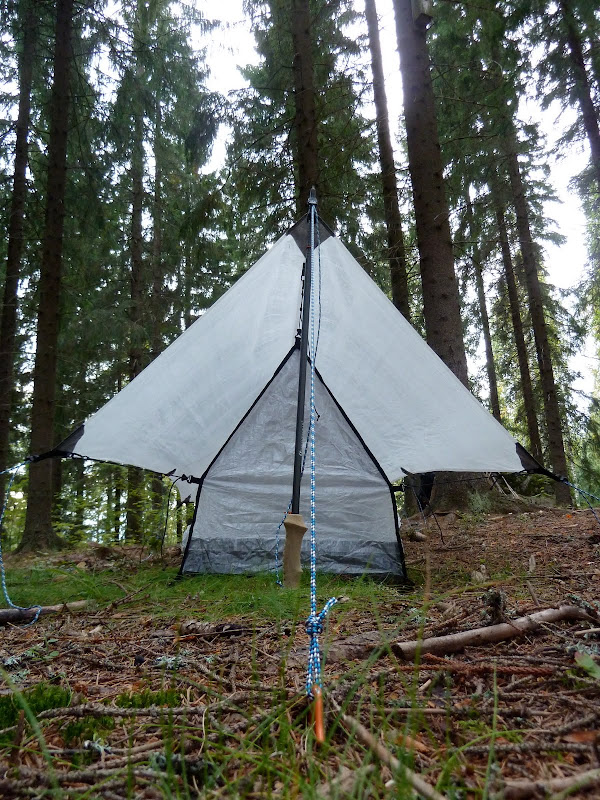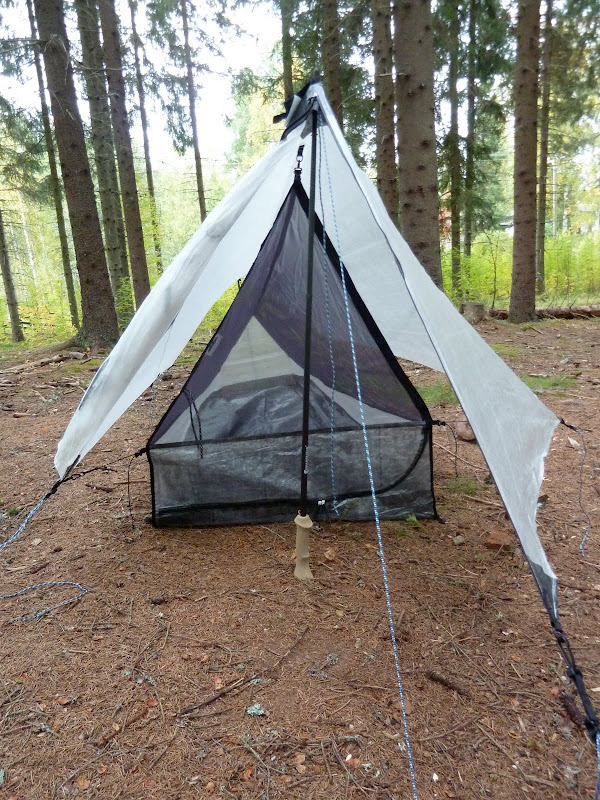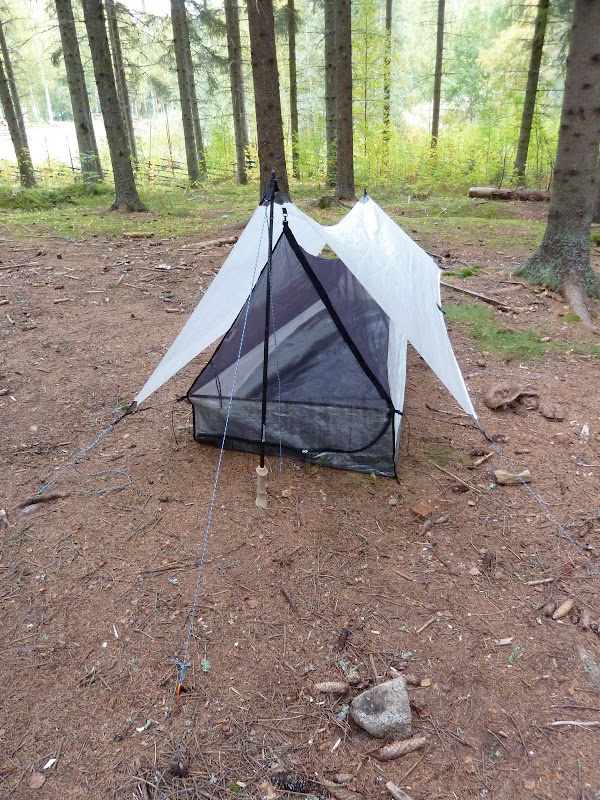Peak bagging in Scottish winter?
Hiking in Finland, now with SEARCH. Use the SEARCH box on the right, above the Archive, to find past articles, comments, links and whatever else Google will find. You asked for it, you got it. Now go and play.
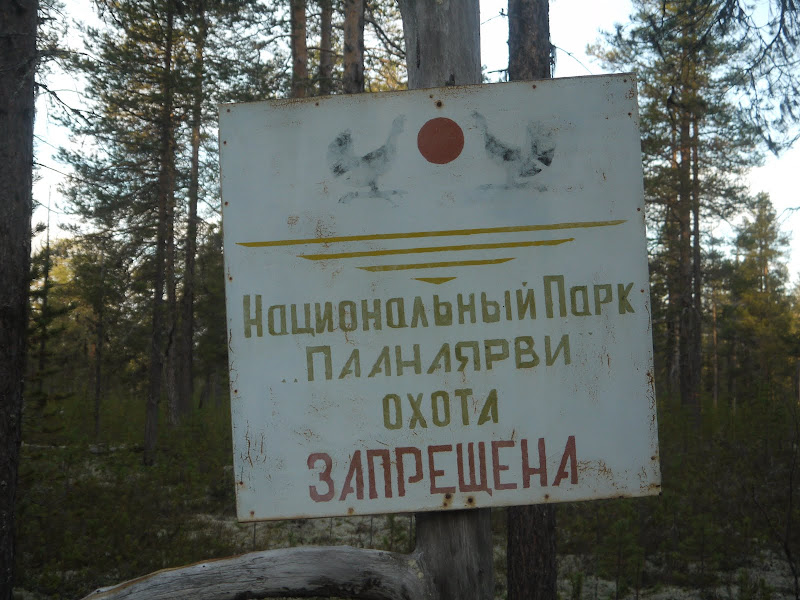
There, where Ed lives, winter has arrived.
Mark walked around the Mississippi and did a Social Hiking test.
The Fastpacking the PCT V & VI videos are online. Go see them.
Alberto De Giuli went on a climbing trip to the USA. Awesome, is what I say.
The Bearded Git spent a couple of days in Buttermere, and has some stunning photos of his first day trip up.
Terry went wildcamping at the Bamford Moor Stone Circle.
Mike was fishing in the autumn. Epic photos, go see them.
Keith went on a wee jaunt along the coast. Sweet photos.
sbrt was in a nice country for old men and plans to start a retirement home for us backpackers there.
Yeti went on a late fall ride on that awesome bike of his.
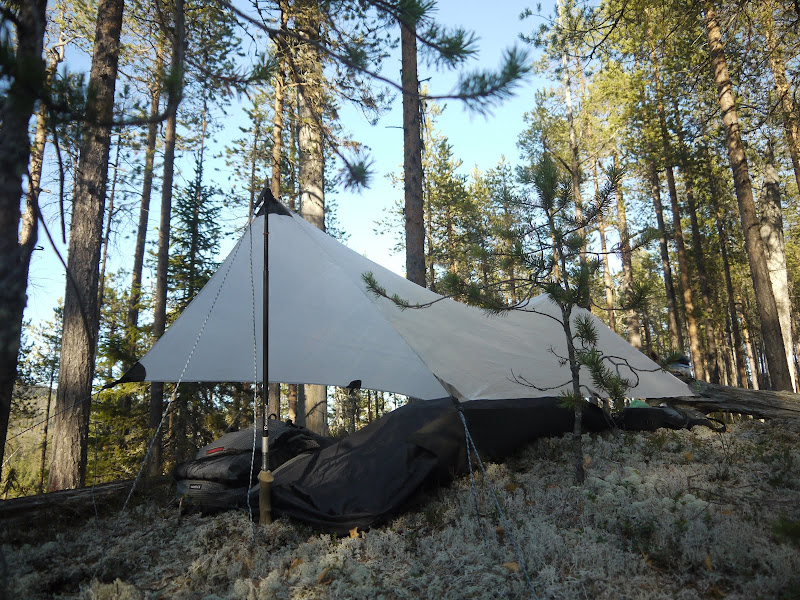
Over here I did a a Hyperlite Mountain Gear ECHO I Shelter System Review, as well as a review of Kupilka gear. You're well advised to read these most brilliant articles. Go.
Mark reviews bits and pieces of gear he used on his last trip. Nice, me like-y.
Don Karlo gives us his final OMM Kit list.
James details his first impressions of the Tarptent Scarp 1 in this superb post.
Dave did a nice comparison of non-inflatable sleeping mats which includes a few exotic pads, a good read.
Carsten tells us about two new headlamps from Mammut.
Phil did a video of the Gram-Counter Gear LiteHouse Solo tent.
Rio blogs about small and practical bags to store away all kind of gear.
Mark has a first look at the Paramo 3rd Element.
Helen ponders about tarps and worships the Caldera Cone.
Roger also reflects on some recently used gear.
Dennis reviews the Dri Ducks, UL rain gear for under 30€.
velohobo reviews the FireSteel.com GobSpark Armageddon.
Finally, Zed has a first look at the MLD Spirit quilt.
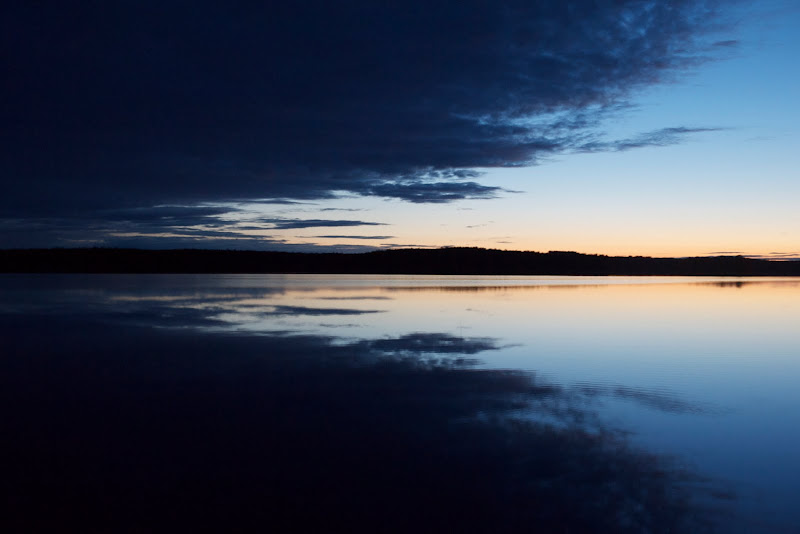
Thieves.
Gossamer Gear relaunched their website, and it looks mighty fine. Of course I am biased as Joe and me are the first European GG Trail Ambassadors ;)
Philip asks "Why are stuff sacks round?".
UL backpacking is for wimps and losers. Here are eight advantages of UH backpacking. Anyone have a 5+ kg external frame backpack for me?
Zenhabits tells us about "Travelling lightly through life".
Jörgen from Fjäderlätt interviews Chris Townsend about his PNT trip. Recommended Read.
Andy Howell writes about dealing with data when planning a trip.
Benjamin tells us about natural flavours for sweet couscous. I'm getting hungry.
Jonas made invisible shoes.
Ross looks at the Tool Kit of Otzi the Iceman.
Hiking in Finland, now with SEARCH. Use the SEARCH box on the right, above the Archive, to find past articles, comments, links and whatever else Google will find. You asked for it, you got it. Now go and play.
There, where Ed lives, winter has arrived.
Mark walked around the Mississippi and did a Social Hiking test.
The Fastpacking the PCT V & VI videos are online. Go see them.
Alberto De Giuli went on a climbing trip to the USA. Awesome, is what I say.
The Bearded Git spent a couple of days in Buttermere, and has some stunning photos of his first day trip up.
Terry went wildcamping at the Bamford Moor Stone Circle.
Mike was fishing in the autumn. Epic photos, go see them.
Keith went on a wee jaunt along the coast. Sweet photos.
sbrt was in a nice country for old men and plans to start a retirement home for us backpackers there.
Yeti went on a late fall ride on that awesome bike of his.
Over here I did a a Hyperlite Mountain Gear ECHO I Shelter System Review, as well as a review of Kupilka gear. You're well advised to read these most brilliant articles. Go.
Mark reviews bits and pieces of gear he used on his last trip. Nice, me like-y.
Don Karlo gives us his final OMM Kit list.
James details his first impressions of the Tarptent Scarp 1 in this superb post.
Dave did a nice comparison of non-inflatable sleeping mats which includes a few exotic pads, a good read.
Carsten tells us about two new headlamps from Mammut.
Phil did a video of the Gram-Counter Gear LiteHouse Solo tent.
Rio blogs about small and practical bags to store away all kind of gear.
Mark has a first look at the Paramo 3rd Element.
Helen ponders about tarps and worships the Caldera Cone.
Roger also reflects on some recently used gear.
Dennis reviews the Dri Ducks, UL rain gear for under 30€.
velohobo reviews the FireSteel.com GobSpark Armageddon.
Finally, Zed has a first look at the MLD Spirit quilt.

Thieves.
Gossamer Gear relaunched their website, and it looks mighty fine. Of course I am biased as Joe and me are the first European GG Trail Ambassadors ;)
Philip asks "Why are stuff sacks round?".
UL backpacking is for wimps and losers. Here are eight advantages of UH backpacking. Anyone have a 5+ kg external frame backpack for me?
Zenhabits tells us about "Travelling lightly through life".
Jörgen from Fjäderlätt interviews Chris Townsend about his PNT trip. Recommended Read.
Andy Howell writes about dealing with data when planning a trip.
Benjamin tells us about natural flavours for sweet couscous. I'm getting hungry.
Jonas made invisible shoes.
Ross looks at the Tool Kit of Otzi the Iceman.

